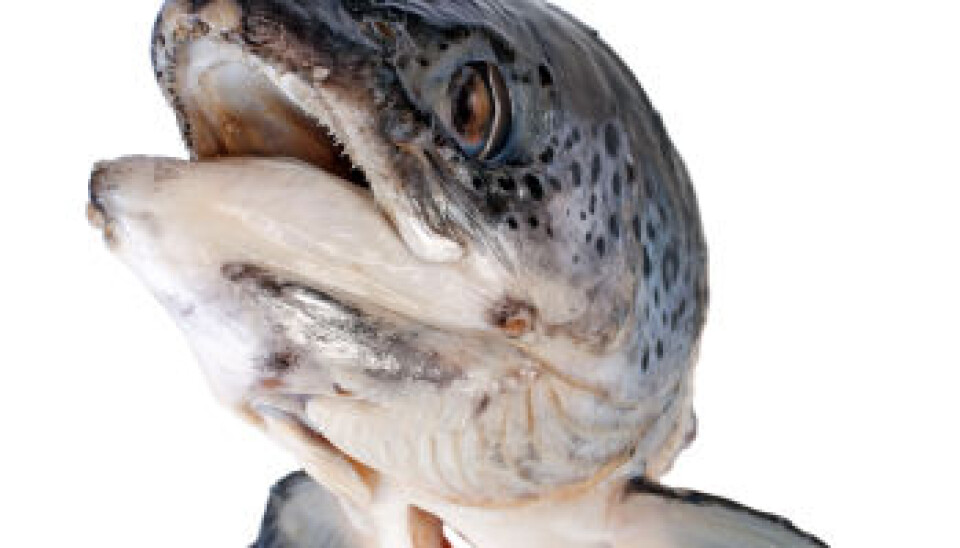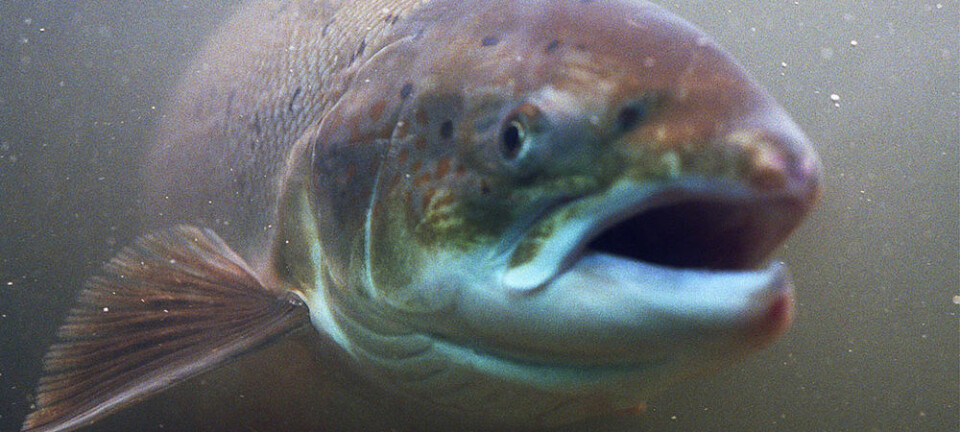An article from The National Institute of Nutrition and Seafood Research (NIFES)

Salmon turn dross into gold
Farmed salmon compensate for low dietary marine omega-3 by making their own.
Denne artikkelen er over ti år gammel og kan inneholde utdatert informasjon.
Experiments performed by the Norwegian National Institute of Nutrition and Seafood Research (NIFES ) have shown that salmon with diets low in marine omega-3 fatty acids contain more DHA than provided by the diet.
DHA is an important marine omega-3 fatty acid.
The diet of farmed salmon has traditionally been based primarily on food from the sea, in the form of fish-oil and fish-meal. However, marine resources will not be sufficient to satisfy the expected growth of the aquaculture industry, and feed producers will have to find alternative sources in the plant world.
This means that the fish we eat will contain lower levels of the valuable marine fatty acids, but not as little as we might expect.
When there are plenty of marine omega-3 fatty acids in their feed, salmon use them as a source of energy, but when the levels are low, they store them and may even produce more.
"And in this study, we found that salmon produced their own marine omega-3 fatty acids based on omega-3 from plants,” says NIFES researcher Monica Sanden.
“We found that the fish body contained more DHA than what was provided by the diet, meaning that the fish had a net production of DHA.”
Different diets
The experiment divided salmon into groups that were fed four different diets for a whole year.
The diets contained different mixtures of plant and marine raw materials. In the most extreme diet, the scientists designed a diet in which 80 percent of the fish-meal was replaced by plant protein, and 70 percent of the fish-oil by vegetable oils. During three months, each fish produced 800 mg DHA.
The European food safety authorities (EFSA) recommend a daily intake of 250 mg EPA and DHA for healthy persons.
“The level of marine omega-3 fatty acids in salmon flesh is lower when the fish are fed plant-based raw materials. But our study has shown that it will still be sufficient to satisfy consumer requirements based on the EFSA recommendations. A 150 g serving of salmon from this experiment would give us 1400 mg EPA and DHA, which is almost six times the recommended daily intake of these fatty acids,” says Sanden.
NIFES is currently working out how much of these valuable fatty acids the salmon themselves need.
----------------------------------------------------
Read this article in Norwegian at forskning.no
































